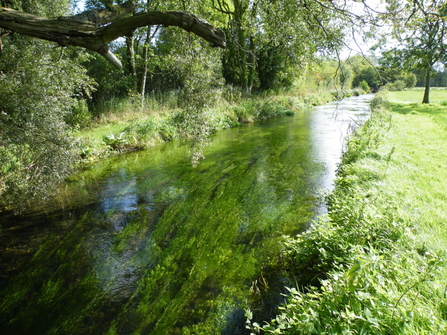This week governments are gathering in China to attend the UN Biodiversity Conference (COP15) ahead of the UN Climate Summit that will be hosted in Glasgow in November. In China, Leaders are discussing the Post-2020 Biodiversity Framework, a set of principles, targets and actions to guide the countries across the world to restore nature. However, the nature emergency is not independent of the climate crisis - both are inherently interconnected and we cannot solve one without solving the other. In the run-up to COP26, we will be exploring the connections between the nature and climate emergencies and the solutions to tackle them.
The warming of our planet and the subsequent instability of our climate is undeniably being driven by human factors, primarily the burning of fossil fuels and the release of other greenhouse gases, causing temperatures to rise far above natural levels. Parts of the world are already feeling the heat, with droughts and wildfires raging and other catastrophic events linked to our changing climate becoming commonplace. Here in Hampshire and on the Isle of Wight, the effects are creeping up on us, with increasingly erratic weather and rising sea levels beginning to affect daily life.
We are also suffering from a nature emergency. The dramatic loss of wildlife may be felt emotionally rather than physically as populations of beloved species like swifts, hedgehogs and frogs disappear from our gardens. The drivers behind the crisis in nature are varied but include habitat loss, pollution, disease, invasive species and now climate change. This week, new research from the Natural History Museum revealed that nearly half of Britain’s biodiversity has gone since industrial revolution and is in the worst 10% globally, losing more wildlife than any other G7 country!
In Hampshire and on the Isle of Wight, wildlife is faring no better than the rest of the country. Almost half of Hampshire’s most notable species are in decline, and in particular, we have seen a sharp decline in many farmland bird species which are hovering on the brink of extinction2.
As these two crises unfurl around us, we look at how they are linked and why we cannot tackle one without the other.
The climate crisis is now recognised as one of the greatest threats to nature, but its impacts are becoming increasingly severe, compounding existing losses in nature. Let’s take Hampshire’s iconic chalk streams as an example:


